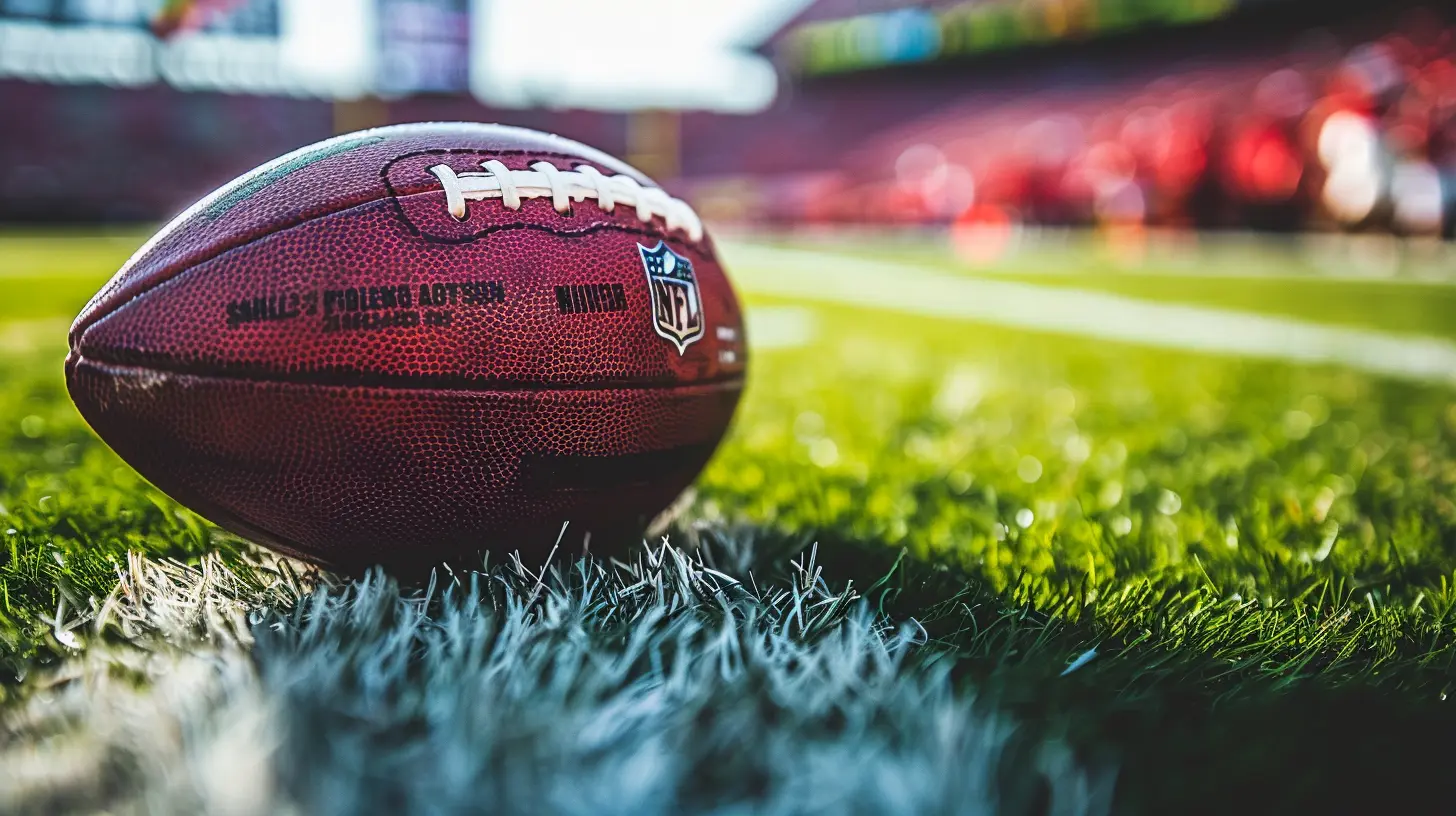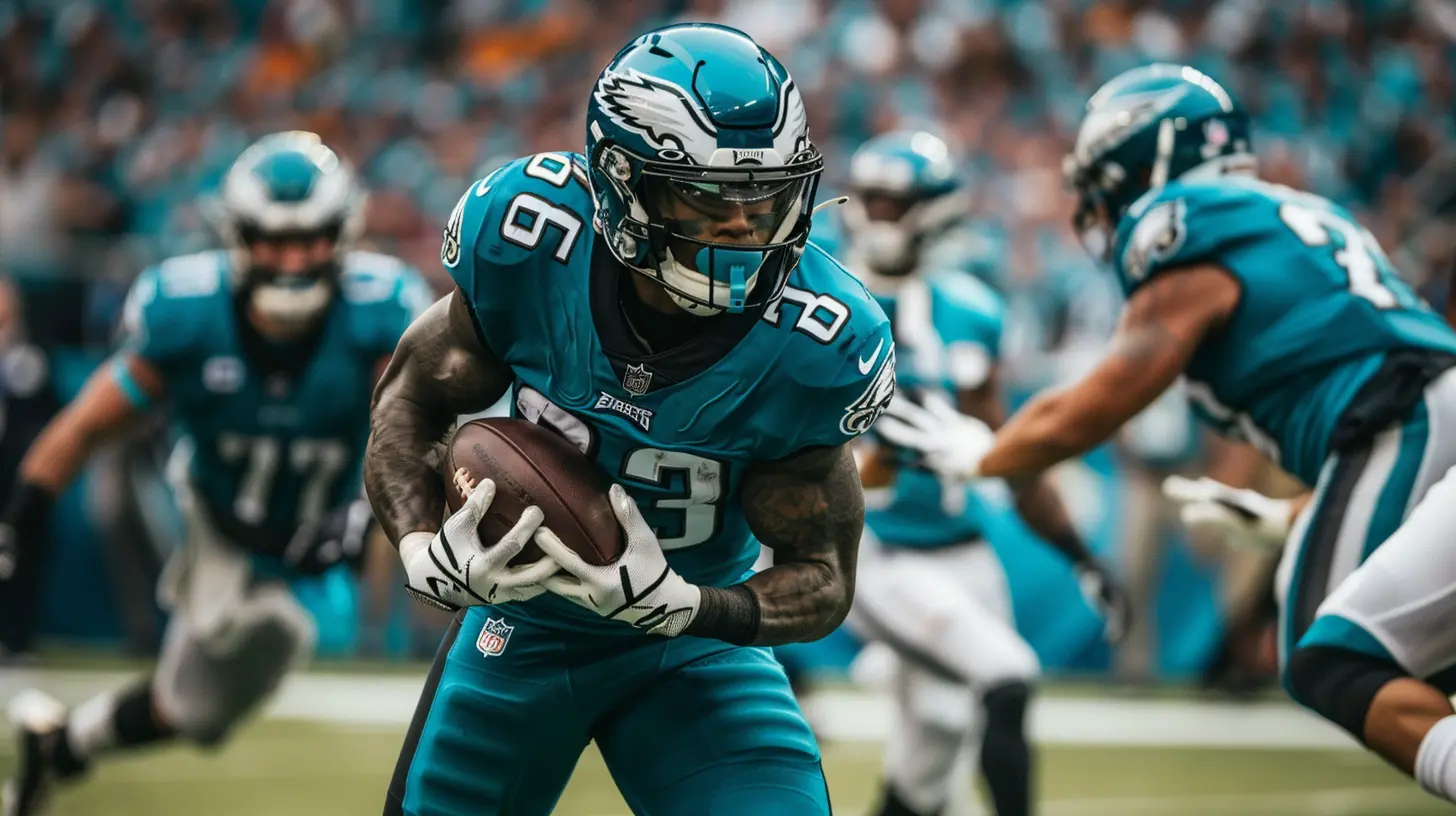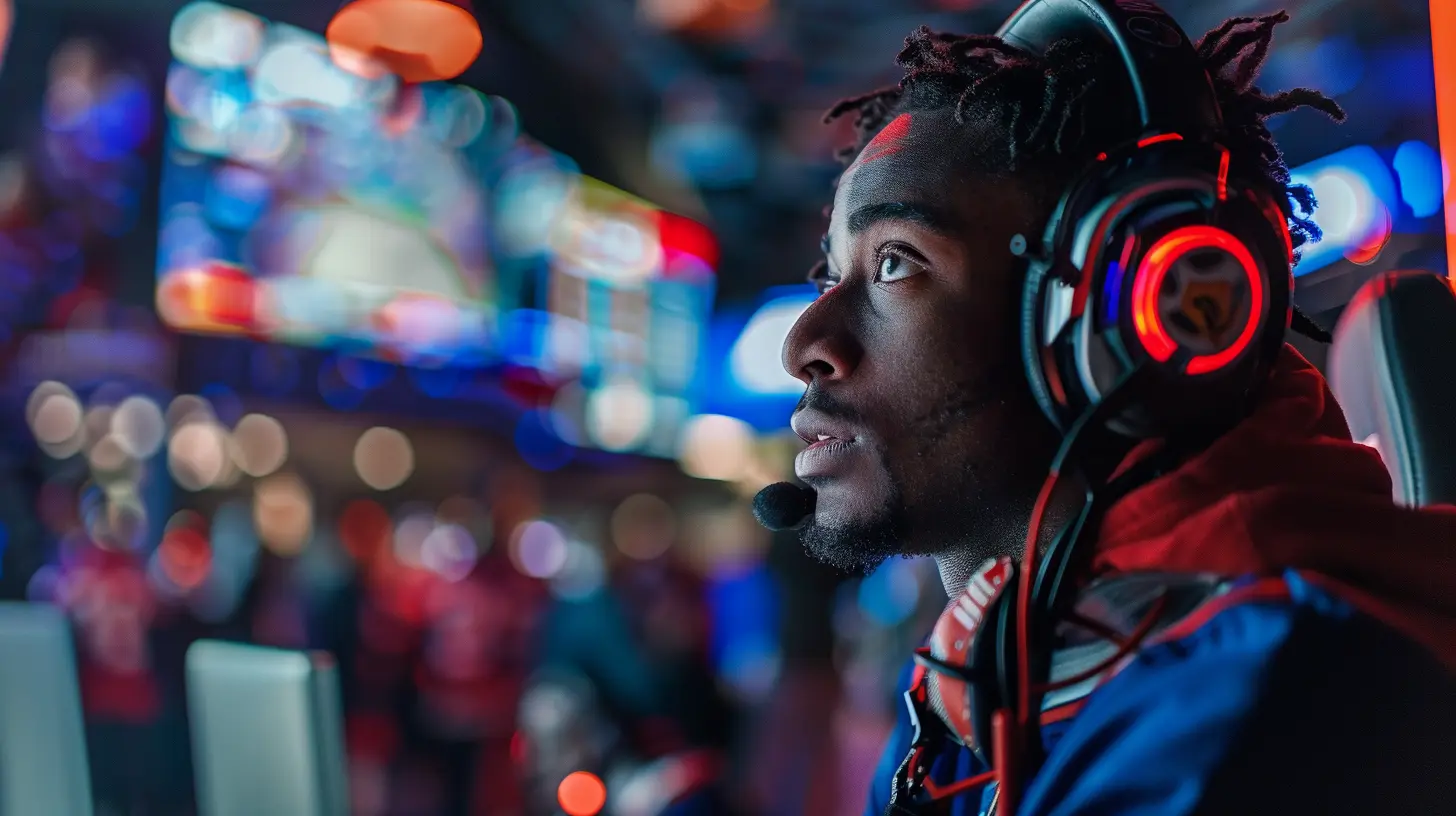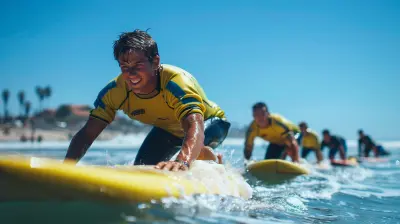Why Some Teams Prefer to Trade Draft Picks for Proven Players
14 June 2025
Let’s be real—sports fans are all about the excitement of draft day. The suspense, the potential, the "what if" factor—it’s intoxicating. But then, just when you’re all-in on imagining your team’s next superstar, BAM! They trade the pick… for a veteran.
It might leave you scratching your head (or yelling at your TV), but there's a method to the madness. Trading draft picks for proven players isn't just a bold move—it can be a smart one. Let’s dig into why some teams go against the grain and choose the sure thing over potential greatness.

The Allure of the “Sure Thing”
Talent You Can Trust
Draft picks? They’re like scratch-off lottery tickets—full of hope but no guarantees. Proven players, though? They're the $100 bill in your pocket. Coaches and GMs know exactly what they’re getting: production, experience, sometimes even leadership.A proven player already has a body of work. You’ve seen them under pressure. You’ve watched them bounce back from losses. You know their strengths, their weaknesses, and how they fit into your system.
That kind of certainty is worth its weight in gold to teams trying to win now.
No Guesswork Involved
Let’s be honest—drafting is a gamble. For every Tom Brady snatched in the late rounds, there are dozens of first-round busts who barely made it off the bench. Trading for a vet skips the guesswork.You're not projecting how someone might develop out of college. You're plugging in someone who’s already done the work and proved they belong at the top level.

The “Win-Now” Mentality
Time Is Money in Professional Sports
Some teams are in rebuild mode. Others? They're knocking at the championship door and just need that last piece to kick it open. If you're in the latter group, patience isn’t always your best friend.When you’re one or two solid players away from making a deep playoff run or grabbing a title, waiting two or three years for a rookie to develop doesn’t make sense. Trading a first-round pick for an experienced player who fills a gap right now? That can be the difference between "almost" and "champions."
Pressure from Ownership and Fans
Let’s face it—no one likes losing. Not the owners, not the players, and definitely not the fans. If a team has been underperforming or hasn't tasted playoff success in a while, the pressure to deliver results fast is intense.Trading for proven talent can be a way to quiet the critics and show that the team is serious about winning. It sends a message: “We’re not waiting for the future. We’re going for it now.”

Fitting the Puzzle Together
Team Chemistry Matters
Building team chemistry can be like baking the perfect cake—everything needs to blend just right. Sometimes, adding a rookie with lots of raw talent can actually throw off that recipe. That’s why some teams prefer seasoned players who know how to fit into a locker room and a system.A veteran can help set the tone, both on and off the field, while mentoring younger teammates. That leadership? It’s often undervalued but makes a HUGE difference when the going gets tough.
A Need-Filled Trade
Let’s say your team is solid across the board, but you just lost your starting point guard or quarterback to injury. You could try to patch that hole with a rookie, but that’s risky. Instead, a well-timed trade brings in someone who can step in and contribute immediately.Draft picks—especially late ones—might take too long to develop or may never work out at all. Trading them for someone who meets a specific need right now can keep you in the hunt.

The Harsh Reality of Draft Picks
Draft Picks Don’t Always Pan Out
Sorry to break it to you, but even top-10 picks don’t come with guarantees. Some guys peak in college. Others struggle with the transition to the pros. Injuries happen. Bad fits with coaching strategies derail promising careers. The list goes on.Meanwhile, the guy your team just traded for? He’s averaged 20 points a game for the past three seasons or has been a Pro Bowler twice. That's not just talent—that's predictability, and in sports, predictability is underrated.
Rookie Contracts vs. Veteran Salaries
Sure, rookies are cheaper. That’s a big part of why teams value draft picks—especially under salary cap rules. But if your team has some wiggle room financially, it might be smarter to invest that money in a player who can perform now, rather than save money on a dice roll.Winning brings in revenue—ticket sales, merchandise, the works. So sometimes it pays to spend a little more upfront.
Building vs. Rebuilding
Young Core vs. Veteran Boosters
Teams in full rebuild mode? They hoard picks like a squirrel stashing nuts for winter. But playoff contenders already have their young stars. Now, they need reliable role players, lockdown defenders, or that veteran scorer who can close out tight games.Strategically trading away picks isn’t about ignoring the future—it’s about balancing it with the present. A mix of youth and experience often creates the most dangerous rosters.
Front Office Philosophy
Every GM has their own style. Some are all about development and playing the long game. Others? They want to wheel and deal. Think of it like poker—some players want to hold onto their cards till the river, while others keep raising the stakes.Knowing when to invest in the future and when to strike for the present? That’s what separates good front offices from great ones.
Real-World Examples
Rams Go All-In
Let’s take the Los Angeles Rams in the NFL. They famously traded away multiple years of first-round picks to stack their roster with stars—Jalen Ramsey, Matthew Stafford, Von Miller, etc. The result? A Super Bowl win.They said, “Forget the future. Let’s win now.” And it worked.
Toronto Raptors Make Their Move
Remember when the Toronto Raptors traded for Kawhi Leonard? They sent away DeMar DeRozan—a franchise icon—and a draft pick to bring in Kawhi, who was only signed for one year.Risky? Absolutely. Worth it? You bet. They ended up with their first-ever NBA championship.
Milwaukee Brewers Snag a Star
In baseball, the Milwaukee Brewers gave up top prospects to land Christian Yelich. What happened? Yelich won an MVP and turned the Brewers into contenders overnight.These moves might seem aggressive, sure—but they also show what’s possible when you bet on what’s already working.
The Flip Side: Why It’s Sometimes Risky
Let’s not romanticize it too much. Trading picks can blow up in your face. If the player you trade for underperforms, gets hurt, or decides to leave in free agency, you’re left with nothing.And if the pick you traded becomes a superstar? Ouch.
That’s the gamble. But hey, sports are all about taking chances. Sometimes you win big. Sometimes you learn the hard way.
Final Thoughts: Go Bold or Go Home?
At the end of the day, it all comes down to timing, needs, and team philosophy. Some teams would rather roll the dice on potential, while others—especially the ones knocking on the playoff door—choose the mature route and go after players who’ve already proven they can deliver.There’s no “one-size-fits-all” answer. But one thing’s for sure—when a team trades a draft pick, you can bet they’ve thought long and hard about it. They're going all-in, and they’ve got their eyes on the prize.
So next time your team sends away that shiny draft pick for a grizzled vet, take a breath. Look at the bigger picture. They might just be setting the stage for the next big championship run.
all images in this post were generated using AI tools
Category:
Draft PicksAuthor:

Onyx Frye
Discussion
rate this article
2 comments
Kristina Riley
While trading draft picks for proven players can offer immediate results, it often overlooks long-term team-building potential. This strategy may undermine future growth, as established players may not ensure success. A balanced approach considers both current impact and future sustainability.
June 21, 2025 at 2:38 AM

Onyx Frye
I appreciate your insight! Striking a balance between immediate results and long-term growth is indeed crucial for sustainable success in team-building.
Ximena McEachern
Interesting strategy! Proven talent vs. potential?
June 17, 2025 at 2:55 AM

Onyx Frye
Thank you! It's a tough choice—proven players offer immediate impact, while potential can lead to long-term success. Each team's needs and risk tolerance drive their decisions.


